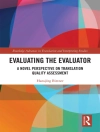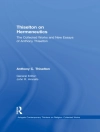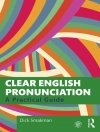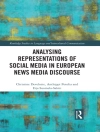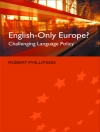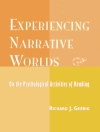The body of research in this volume offers a detailed account of the success of young immersion learners of Irish in becoming competent speakers of the minority language. Taking account of in-class and out-of-class factors, it examines the variety of Irish spoken by the pupils, the extent to which the Irish spoken deviates from native-speaker norms, the degree to which pupils are aware of and attempt to acquire a native-like variety and the extent to which issues of identity and motivation are involved. The results highlight the limitations of an immersion system in generating active and accurate users of the language outside the immersion setting and will help immersion educators to gain a greater understanding of how young immersion learners learn and acquire the target language. The findings are placed in the context of other one-way immersion programmes internationally with a particular focus on minority language settings, and make an important contribution not only to our understanding of the Irish issues, but how the Irish situation can be placed in a broader scholarly and socio-political context.
Mục lục
Preface
Chapter 1: Introduction
Chapter 2: Immersion Education in Ireland – Origins and Current Context
Chapter 3: Language Learning in Immersion Education in Ireland and Internationally
Chapter 4: Design of Studies
Chapter 5: An Analysis of a Corpus of the Spoken Irish of All-Irish Pupils
Chapter 6: Pupils’ Reflections on Their Communicative Performance in Irish
Chapter 7: Pupils’ Use of Irish outside the Classroom
Chapter 8: Principal and Class Teacher Interviews Regarding Their Pupils’ Proficiency in Spoken Irish or French
Chapter 9: Discussion
References
Appendix
Giới thiệu về tác giả
Pádraig Ó Duibhir is Deputy Dean and Professor of Education, Dublin City University Institute of Education, Ireland. He has worked as an immersion teacher and now researches teacher education and second language teaching, with a particular interest in the teaching of Irish as a subject and as a medium of instruction.


